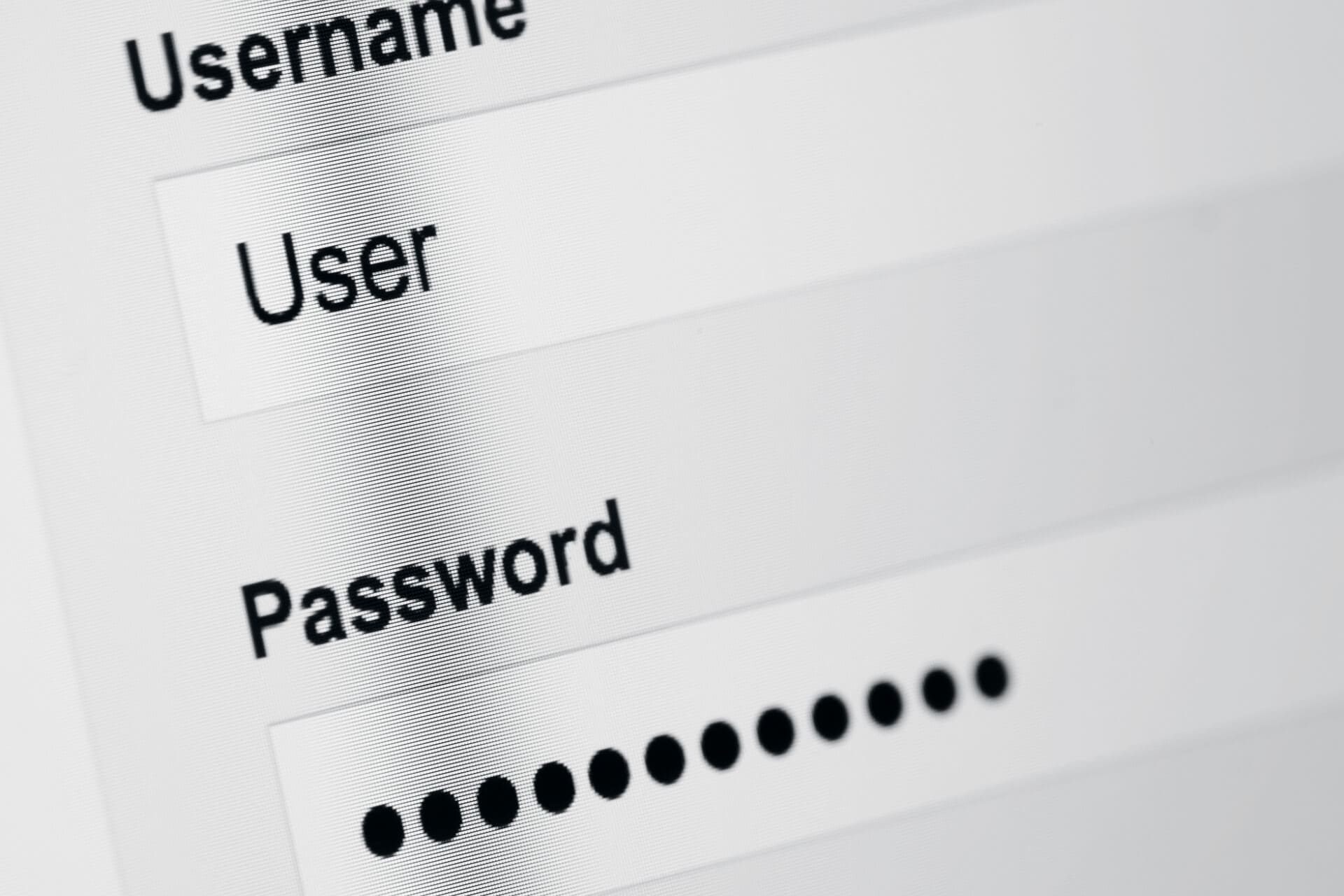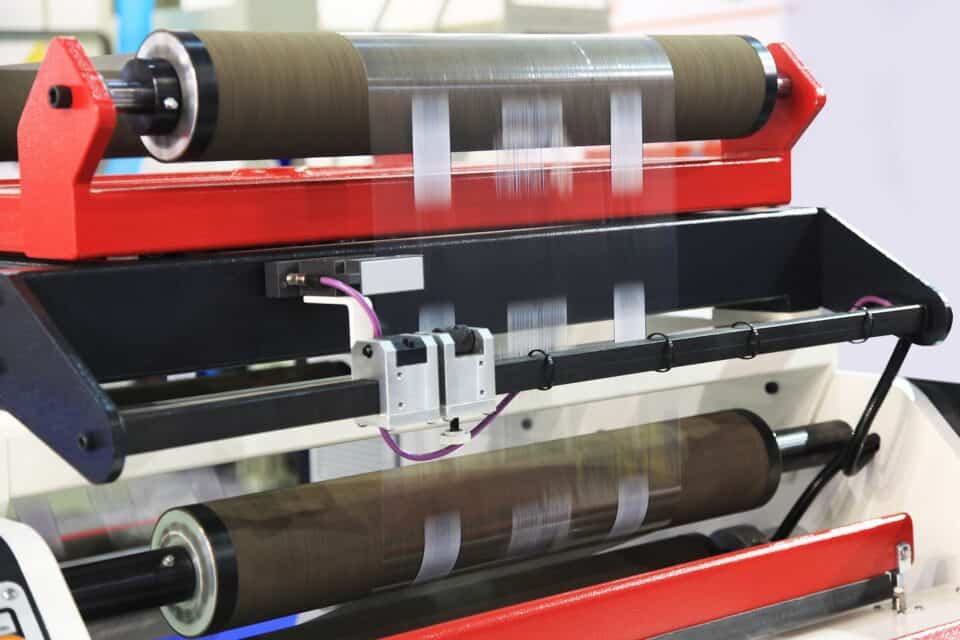What is a Content Management System?
A content management system, or CMS, is a tool that allows users to manage website content without needing coding skills. With one, you can easily update text, images, and other content on your site from a simple admin dashboard, accessible from any device with an internet connection. These systems are widely used for everything from blogs to eCommerce sites.
How It Works
To make changes, users log in to an admin area (usually at a URL like www.yoursite.com/admin), where they can manage text, media, products, and more. Popular platforms like WordPress, Shopify, and Joomla offer flexible, user-friendly interfaces that allow businesses to update their websites without technical help.
Each platform has unique strengths, and are used by designers, developers, and business owners in a wide variety of cases:
• WordPress: Known for its versatility, WordPress can power blogs, small business sites, and even large eCommerce stores.
• Shopify: Ideal for eCommerce, Shopify offers powerful tools for managing online stores.
• Joomla: Suitable for more complex websites, Joomla allows for extensive customization.

So what does a CMS really do?
The main purpose of a CMS is to manage content. This can include a number of things, depending on the complexity of your website and what you are planning to do.
At the very basic level, you would use it to update images and written content on your pages. This makes it incredibly useful for entry level users who want to manage things on their own, and they have the freedom to update their website from anywhere they have access to a computer and the internet.
If you want to get into more advanced features, you can use them to power online stores for just about anything from physical products to downloads, subscription services, and even classes.
Personally, I use Wordpress to power my website and many of my client sites, because it gives me the ability to design everything exactly how I want it, and I can utilize the extensive library available for more complex demands.
The system is built into my design and that lets me create gallery pages on the fly, add and/or delete images, add text areas to pages, edit the navigation, and I use it to create blog articles, just like this one.
While Wordpress is my preferred choice, there are many options available, and sometimes it just takes a little bit of exploring and using demos to find what really works for you. The best feature of any CMS though is that it allows you to make updates to your website and the content from any computer with an internet connection. All you need is the admin login, and a browser. There’s no special software required and usually you don’t have to know how to code (although it can really help you). If you can use Microsoft Word you can typically use a CMS interface.
So why would I want a CMS?
A couple of years ago the idea of adding a Content Management System to your website was probably overkill unless you were planning to have an online store, or just a massive amount of pages that would need to be updated fairly often. If you had an in-house web developer then it would be less of an issue, but not every company can afford to have someone like that on staff, which is why companies typically hire dedicated technology firms to do it for them.
In the present day however, adding a CMS is considerably less painful, and many times the cost is simply built-in to the project because it’s assumed that a CMS will just be used anyway. Many companies will even tell that you they only work with a specific system (like us, we only do Wordpress now).
There’s also the advantage of not locking yourself into something that only one or two web developers know how to use. A custom built website is great until you need to move on to another company and they have no idea what the previous people did. Then you have to pay for a complete rebuild anyway, or spend a good amount of money paying people to essentially learn how your setup works.
In reality, it makes things easier
Let’s say you want to get into your website to make some updates to the staff. If your site is built on a typical HTML architecture, you would need to know how to FTP into your website, find the page you want, download it, edit it with an app that can open the file, save it correctly, re-upload it, and hope you didn’t break anything on accident (which can be as easy as putting a quote or comma in the wrong place, bringing your whole website down).
Now, if you were using a Content Management System of some kind, you would typically only need to login to an admin screen, and then use a very clear User Interface (UI) to find the page you want, make edits, and then save. It would take about half the time, and the whole thing can be done from your browser.
And just for argument, let’s say you don’t even want to touch your website. You aren’t technically minded at all, and the thought of possibly killing a page, or the whole thing, is more than you want to deal with. Having a CMS in this instance is still more desirable as the developer or designated web person can access everything quickly and easily.
Ok, but why wouldn’t I want it?
It’s hard to imagine, but a CMS solution isn’t the answer for everyone. Of course, there are some websites that require such a thing (eCommerce, membership sites, etc), but for the most part, it’s up to you and how much maintenance on content you’d like to do yourself (or have your team do).
If you have a small site, around 5 pages or so, then you probably don’t need one (but that doesn’t mean you can’t have one). If your website doesn’t have a need to be updated frequently, having an advanced system in place that requires some attention for updates and security may become more of a burden, so it very much depends on your project needs.
Is a CMS Right for You?
When it comes down to it, the purpose of a CMS is to give you a tool to help you manage your website content in an easy to access and update way, while giving you the power to scale as needed (which is really the best feature it has).
It’s not an answer for everyone, and it was never meant to be. Like any other system, they have a place, and when used correctly they can do a lot of really cool things, but if they aren’t needed then it’s just extra weight that can become a hassle.
Of course, if you decide to go with a company that has a preference and you also want them to take care of all the technical aspects and updates, then it becomes less of an issue for you, leaving you to focus on your business and the many other things that come with being a business owner.


